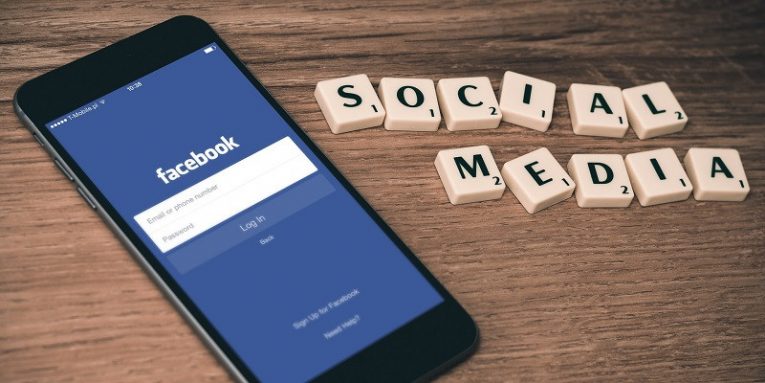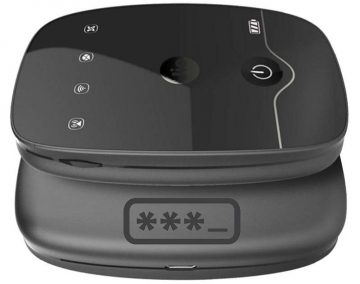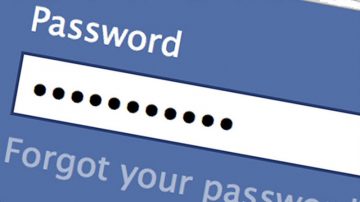Is Facebook Making You Change Your Password? Maybe That Is Not Such a Bad Idea

Facebook users are often targeted by cybercriminals who seek to scam them, steal their personal information, or take over the control of their accounts. Therefore, it is no wonder its creators are coming up with more and more options to protect accounts from hackers. However, it looks like some of their created safety measures, such as sending notifications when someone tries to log into the profile and advising to change the current Facebook password because of it, might seem annoying. Especially when such alerts are sent too often. Still, no matter how inconvenient it could be, changing the passcode might be a good idea. Therefore, we will discuss why following the alert's advice might be smart. Also, we will explain to you how to change your Facebook password and, most importantly, how to make it strong.
Table of Contents
Why might Facebook ask you to change your password?
You may know there is a way to view where you are logged in if you go to your Facebook account's settings and check the Where You're Logged in list. There is also a safety feature called Login Notifications that is more advanced. Users who enable it, get alerts from Facebook when someone is trying to log into their accounts from unknown devices or browsers. Such messages show the user the name of the device from which the new login attempt was made, the time the incident took place, and the device's location. Based on such information the user can recall whether it was him trying to get into his account or not. Both ways the alert may advise to change your Facebook password for safety reasons, and it may not be a bad idea.
Why could it be a good idea to change the Facebook password?
Obviously, if it was not you who was trying to log into the account, there is a possibility someone is attempting to hack the profile, and your login credentials might be compromised. There are various ways cybercriminals could obtain such information. For example, your credentials might be obtained during a data breach, and the cybercriminals do not have to breach Facebook necessarily. They could be taken from any other site where you are using the same login name or password. For this reason, cybersecurity experts always recommend creating unique login names and passcodes instead of reusing the same ones.
Even if you are one hundred percent sure the alert you received was due to your own attempt to log into your account, it might still be wise to change your Facebook password. Perhaps the alert was sent because you logged in from a library computer or another public device? By the way, if you did not know this already, using a public computer can be dangerous. When you enter login credentials or other sensitive information while using a public device, you should reset the browser once you are done. If you do not recall doing so, you may want to change your Facebook password just in case.
How to change the Facebook password?
If you have access to your account, changing your password should not be complicated. Nonetheless, if you had not done it before or forgot how to change your Facebook password, you could follow the steps provided below. In case you forgot your password, you should visit this page.
Changing Facebook password on Android devices
- Tap the menu button located on the top-right corner.
- Slide below and choose Settings & Privacy.
- Then tap Security and Login.
- Select Change Password.
- Type your current passcode.
- Create a new password.
- Click Save Changes.
How to make your Facebook password strong?
Many cybersecurity specialists recommend using long passwords consisting of both lower-case and upper-case letters, numbers, and special characters. Plus, users are encouraged to use unique combinations. A unique passcode is a combination of mentioned characters that was not used with any other user's account and has not been compromised during a data breach. Naturally, checking if every single combination you come up with has been breached before might be a tiring task. Not to mention that creating unique and long combinations can become a problem if the user cannot memorize them. Fortunately, there is a solution that could help you create not only a strong Facebook password but also secure passcodes for all your other accounts.
What we have in mind is a dedicated password manager. This software can not only create unique and secure passwords for you but also memorize them. For example, Cyclonis Password Manager stores user's passwords in an encrypted vault located on his chosen device or cloud storage. Moreover, the tool can fill login fields automatically, so the user does not have to remember his passwords. Some of you may wonder what could happen if someone accessed your Cyclonis account. Luckily, the software has multiple safety measures to offer, and depending on how many of them you employ, it could become nearly impossible for anyone to access your passwords or automatically log into your accounts. To learn more about Cyclonis, you should continue reading here.
Having to change your Facebook password might be annoying, but considering that your account could hold a lot of personal and sensitive information, doing so might be worth your effort. Of course, for your peace of mind, you should also enable Two-Factor Authentication and take other available extra precautions, about which you can read in our previous blog post.








